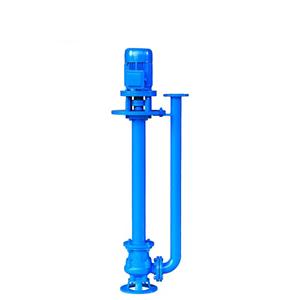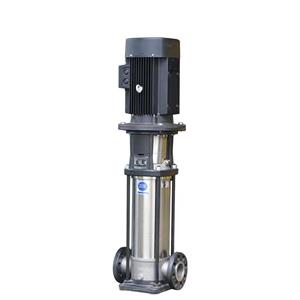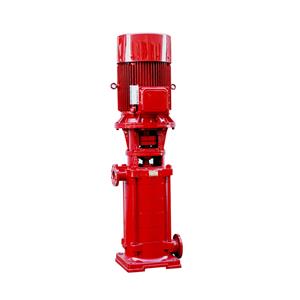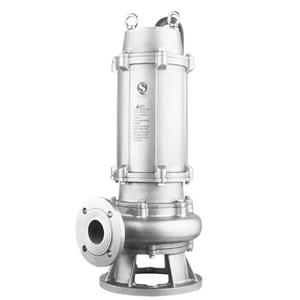-
a meticulous cost analysis is indispensable for creating an accurate and competitive industrial pump quotation. By closely monitoring and controlling material, labor, and overhead costs, and by choosing the appropriate cost - calculation method, suppliers can offer prices that are both profitable for the business and attractive to customers.
-
Submersible sewage pumps are widely used in various fields, such as wastewater treatment plants, construction sites, and residential septic systems. However, one common problem that users may encounter is the tripping of the circuit breaker during the operation of these pumps. Understanding the causes and how to troubleshoot this issue is crucial for ensuring the continuous and efficient operation of the pumping system.
-
High - low temperature circulation pumps play a crucial role in various industrial and scientific applications where precise temperature control of fluids is required. These pumps are designed to circulate heat - transfer media, such as water - glycol mixtures or special heat - transfer oils, through a closed - loop system at both high and low temperatures. To ensure the safe and efficient operation of high - low temperature circulation pumps, several important precautions should be taken before starting them.
-
1601-2025
Pumps Suitable for Pumping Peanut Butter
When it comes to the food - processing industry, especially in tasks involving the transfer of viscous substances like peanut butter, choosing the right pump is of utmost importance. Peanut butter has unique physical properties, such as high viscosity and the potential presence of solid particles (from peanuts), which pose challenges for pumping. This article will explore the types of pumps that are suitable for pumping peanut butter and their advantages.
-
1601-2025
Advantages of GC Boiler Feed Pumps
In the realm of industrial and power - generation applications, boiler feed pumps play a critical role in ensuring the smooth operation of boilers. Among various types of boiler feed pumps, the GC boiler feed pump has gained significant popularity due to its numerous advantages. These advantages make it a preferred choice for many industries, ranging from power plants to chemical facilities.
-
In the field of fluid transportation, pumps play a crucial role. Among various types of pumps, submersible pumps and vertical long - shaft pumps are widely used. Although both are designed for liquid transfer, they have distinct characteristics in terms of structure, working principle, performance, and application scenarios.
-
1501-2025
Reasons for the Decrease in Outlet Pressure of High - Temperature - Resistant Centrifugal Pump
The decrease in the outlet pressure of a high - temperature - resistant centrifugal pump can be attributed to multiple factors, including impeller wear, air or gas presence, seal degradation, and line blockages. By being aware of these potential causes and implementing proper maintenance and preventive measures, operators can ensure the reliable and efficient operation of these pumps in high - temperature industrial settings.
-
Regular maintenance and inspection of the hot water circulation pump can help detect potential issues early and reduce the likelihood of leakage.
-
The urgency of pump energy - saving reformation is clear. It is not only an important measure for environmental protection and energy conservation but also a necessary step for the sustainable development of industries. We should take immediate actions to promote the energy - saving reformation of pumps, and jointly create a more energy - efficient and sustainable future.
-
Improving a pump's cavitation resistance requires a multi - faceted approach. By optimizing the pump design, selecting appropriate materials, controlling operating conditions, and implementing effective maintenance and monitoring strategies, the negative effects of cavitation can be minimized, ensuring the reliable and long - lasting operation of pumps in various industrial applications.




